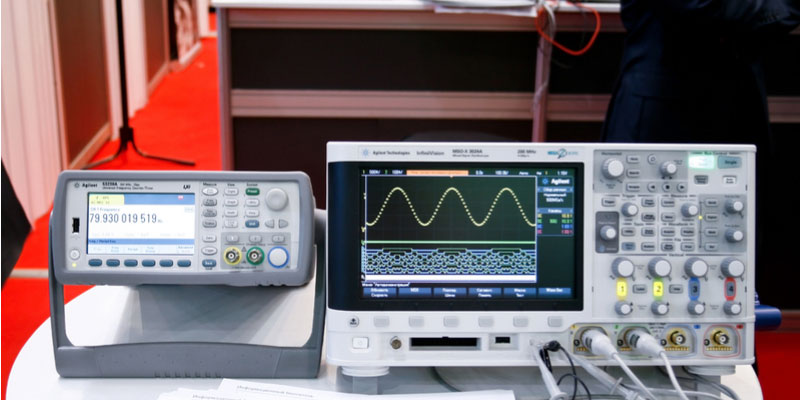At Highland Wireless, we offer a free site survey with pre-testing of signal strength to determine if you need an in-building radio enhancement system. We offer this service because it’s important to identify if a building or space can support cellular connectivity, as well as First Responder Radio Networks. A growing number of cities are starting to enforce mandatory in-building radio enhancement systems for new construction as a safety precaution for first responders and the public.
What is Signal Strength?
In telecommunications, signal strength (or field strength) is used to indicate the transmitter power output as established by a reference antenna at a distance from the transmitting antenna. When high-powered transmissions are used, they are expressed in dB-millivolts per minute. Alternatively, low-power system signal strength is typically referenced in dB-microvolts per meter.
Different signal strengths are required for unique circumstances. For instance, signal strength is lost when transmitted through a plasterboard wall; if the transmitted power is 20 mW, or 13 dBm, it will be reduced to 10 dBm when it exits the wall. That means a plasterboard wall decreases signal strength by 3dB. That’s not bad compared to a glass wall with a metal frame or a solid metal door, which causes signal attenuation of 6 dB. A cinder block wall decreases signal strength by 4 dB, and an office window takes away 3 dB.
The terrain of an office, outdoor space, or ship must be carefully assessed to determine appropriate signal strength.
How to Improve Signal Strength
SNR of 10 is considered low quality signal connection. There are several potential ways you can improve signal strength.
-Increase RSI
-Use higher gain antenna to increase the power transmitted
-Remove interference and Noise level
-Add in-building radio enhancement system (learn more here)
There are different solutions for each circumstance. We help you determine what you need for reliable signal strength.
Issues with Noise
“Noise” is a term used to define any interferences in a signal. It can be caused by other wireless devices, as well as other things. Lower Signal to Noise Ratio (SNR) is better because it signifies clearer communication. In general, SNR should be over 20-25. The goal is for the transmitted signal to be of higher power than the interferences, or noise. This makes it easier for people to communicate and understand messages without static, cutting-out, etc.
The use of enhanced building materials in South Florida has grown considerably, but these hurricane and weather-proof buildings lead to increased signal strength loss. As a result, radio and cell reception is terrible and even non-existent in many buildings.
We combat this issue by designing and installing Radio Enhancement Systems to help amplify signals for Fire Department radio networks, as well as cellular carriers. In-building Radio Enhancement systems usually consist of a Donor antenna system, Bi-Directional Amplifier, and Distributed Antennae System.
At Highland Wireless, We Take Care of Everything
Renting or buying two-way radios has never been easier. We are here to assist every step of the way to determine the best telecommunication solutions for your needs. Contact us today to schedule your free site assessment and signal strength testing.

